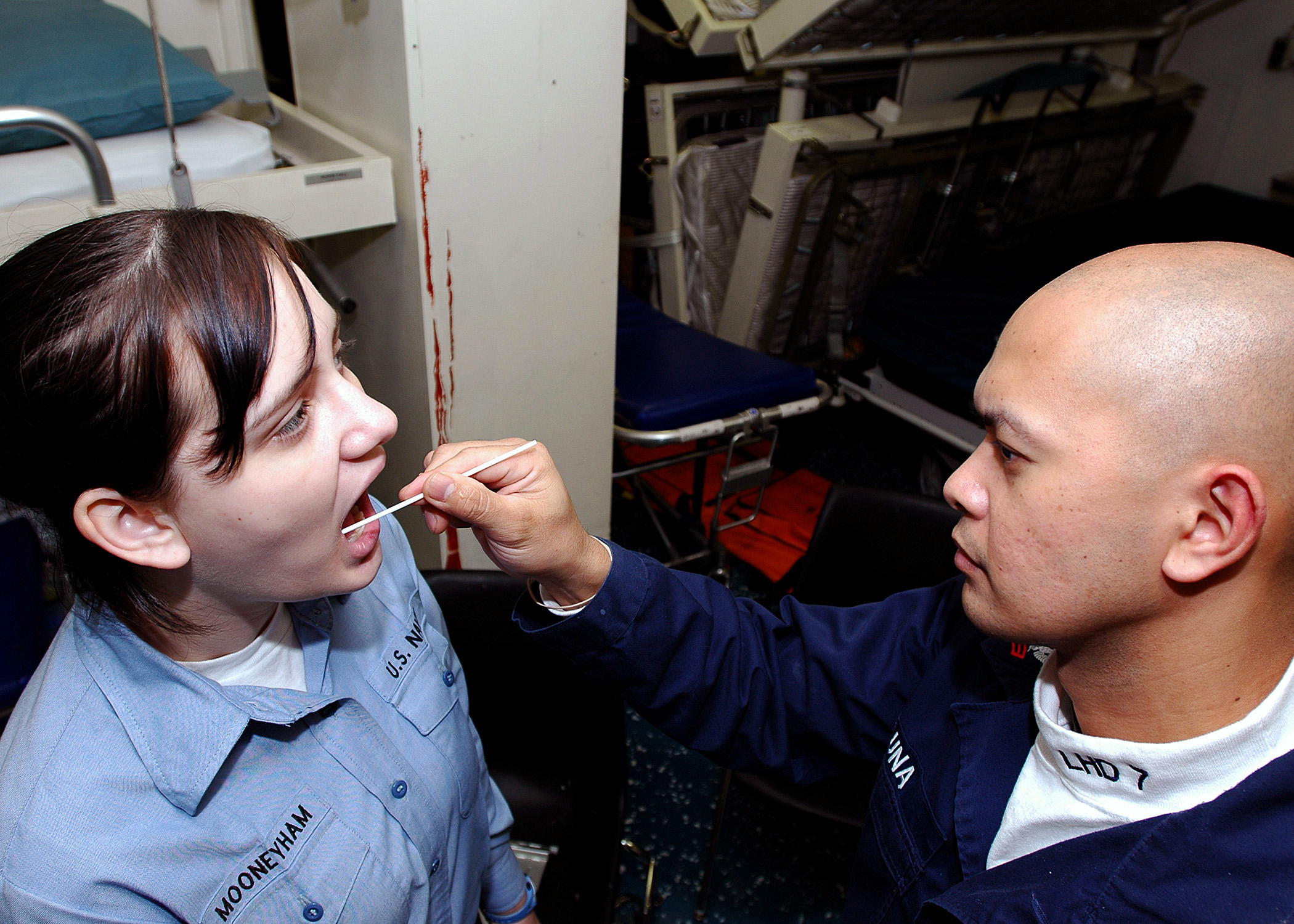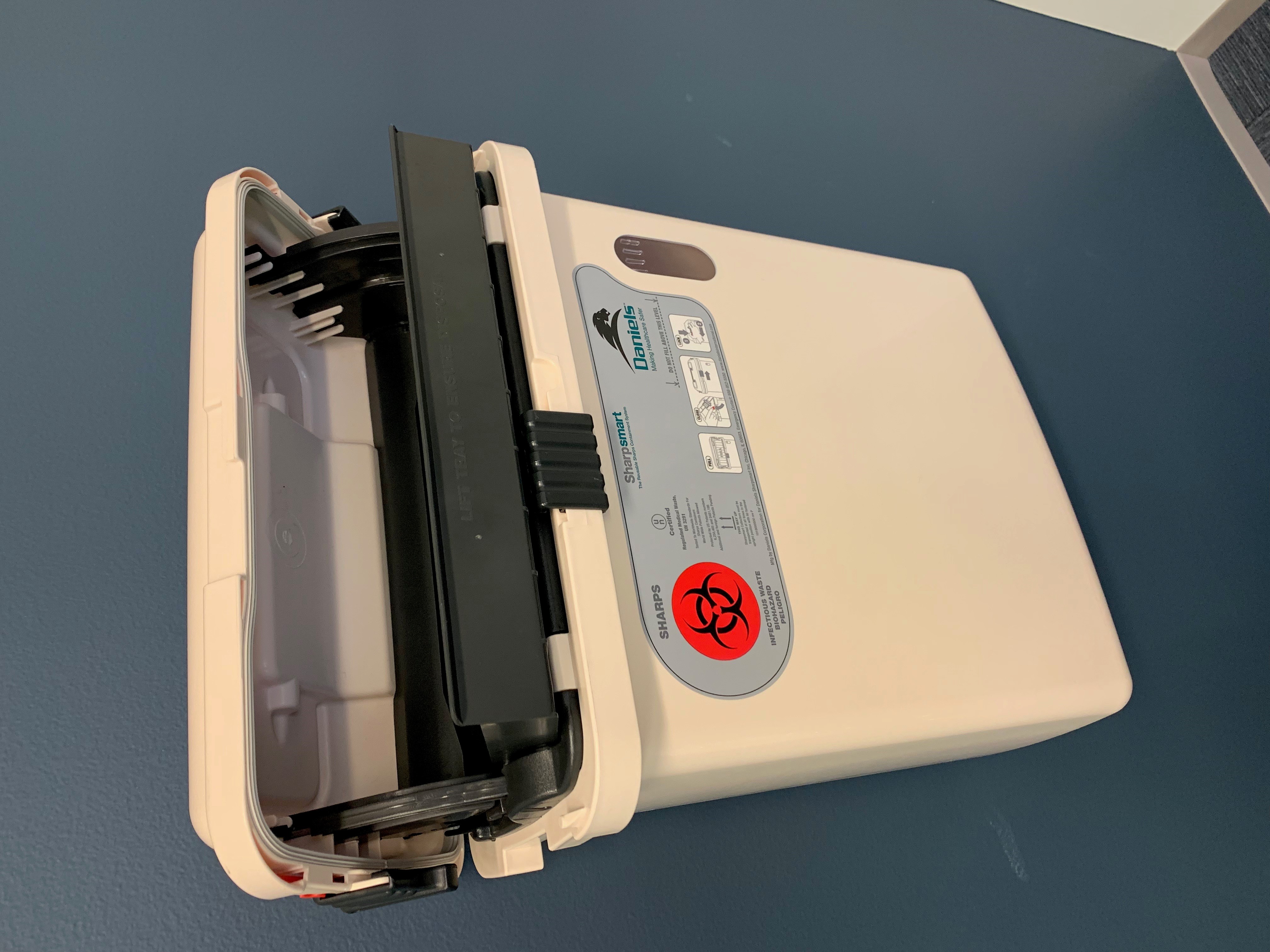|
National Marrow Donor Program
NMDP, formerly known as the National Marrow Donor Program and Be The Match, is a nonprofit organization founded in 1987 and based in Minneapolis, Minnesota, that operates a registry of volunteer hematopoietic cell donors and umbilical cord blood units in the United States. The NMDP Registry is the world's largest hematopoietic cell registry, listing more than 22 million individuals and more than 300,000 cord blood units. Hematopoietic cells from NMDP donors or cord blood units are used to transplant patients with a variety of blood, bone marrow or immune system disorders. As of December 2020, NMDP had facilitated more than 100,000 transplants worldwide. Activities The NMDP coordinates the collection of hematopoietic ("blood-forming") cells that are used to perform what used to be called bone marrow transplants, but are now more properly called hematopoietic cell transplants. Patients needing a hematopoietic cell transplant but who lack a suitably matched donor in their famil ... [...More Info...] [...Related Items...] OR: [Wikipedia] [Google] [Baidu] |
Aplastic Anemia
Aplastic anemia (AA) is a severe hematologic condition in which the body fails to make blood cells in sufficient numbers. Normally, blood cells are produced in the bone marrow by stem cells that reside there, but patients with aplastic anemia have a deficiency of all blood cell types: red blood cells, white blood cells, and platelets. It occurs most frequently in people in their teens and twenties but is also common among the elderly. It can be caused by immune disease, inherited diseases, or by exposure to chemicals, drugs, or radiation. However, in about half of cases, the cause is unknown. Aplastic anemia can be definitively diagnosed by bone marrow biopsy. Normal bone marrow has 30–70% blood stem cells, but in aplastic anemia, these cells are mostly gone and are replaced by fat. First-line treatment for aplastic anemia consists of immunosuppressive drugs—typically either anti-lymphocyte globulin or anti-thymocyte globulin—combined with corticosteroids, chemothera ... [...More Info...] [...Related Items...] OR: [Wikipedia] [Google] [Baidu] |
Israel
Israel, officially the State of Israel, is a country in West Asia. It Borders of Israel, shares borders with Lebanon to the north, Syria to the north-east, Jordan to the east, Egypt to the south-west, and the Mediterranean Sea to the west. Israeli-occupied territories, It occupies the Occupied Palestinian territories, Palestinian territories of the West Bank in the east and the Gaza Strip in the south-west. Israel also has a small coastline on the Red Sea at its southernmost point, and part of the Dead Sea lies along its eastern border. Status of Jerusalem, Its proclaimed capital is Jerusalem, while Tel Aviv is the country's Gush Dan, largest urban area and Economy of Israel, economic center. Israel is located in a region known as the Land of Israel, synonymous with the Palestine (region), Palestine region, the Holy Land, and Canaan. In antiquity, it was home to the Canaanite civilisation followed by the History of ancient Israel and Judah, kingdoms of Israel and Judah. Situate ... [...More Info...] [...Related Items...] OR: [Wikipedia] [Google] [Baidu] |
The Netherlands
, Terminology of the Low Countries, informally Holland, is a country in Northwestern Europe, with Caribbean Netherlands, overseas territories in the Caribbean. It is the largest of the four constituent countries of the Kingdom of the Netherlands. The Netherlands consists of Provinces of the Netherlands, twelve provinces; it borders Germany to the east and Belgium to the south, with a North Sea coastline to the north and west. It shares Maritime boundary, maritime borders with the United Kingdom, Germany, and Belgium. The official language is Dutch language, Dutch, with West Frisian language, West Frisian as a secondary official language in the province of Friesland. Dutch, English_language, English, and Papiamento are official in the Caribbean Netherlands, Caribbean territories. The people who are from the Netherlands is often referred to as Dutch people, Dutch Ethnicity, Ethnicity group, not to be confused by the language. ''Netherlands'' literally means "lower countries" i ... [...More Info...] [...Related Items...] OR: [Wikipedia] [Google] [Baidu] |
Leiden
Leiden ( ; ; in English language, English and Archaism, archaic Dutch language, Dutch also Leyden) is a List of cities in the Netherlands by province, city and List of municipalities of the Netherlands, municipality in the Provinces of the Netherlands, province of South Holland, Netherlands. The municipality of Leiden has a population of 127,046 (31 January 2023), but the city forms one densely connected agglomeration with its suburbs Oegstgeest, Leiderdorp, Voorschoten and Zoeterwoude with 215,602 inhabitants. The Statistics Netherlands, Netherlands Central Bureau of Statistics (CBS) further includes Katwijk in the agglomeration which makes the total population of the Leiden urban agglomeration 282,207 and in the larger Leiden urban area also Teylingen, Noordwijk, and Noordwijkerhout are included with in total 365,913 inhabitants. Leiden is located on the Oude Rijn (Utrecht and South Holland), Oude Rijn, at a distance of some from The Hague to its south and some from Amsterdam ... [...More Info...] [...Related Items...] OR: [Wikipedia] [Google] [Baidu] |
World Marrow Donor Association
World Marrow Donor Association (WMDA) is an organization based in Leiden, Netherlands, that coordinates the collection of the HLA phenotypes and other relevant data of volunteer hematopoietic cell donors (used to perform what used to be called bone marrow transplants, but now referred to as hematopoietic cell transplants) and cord blood units across the globe. The global database with volunteer donors was founded in the Netherlands in 1988. Today, the Search & Match Service of WMDA is the world's largest hematopoietic cell database, listing more than 38 million stem cell donors and over 800,000 cord blood units. WMDA participants consist of 75 hematopoietic cell donor registries from 53 countries, and 53 cord blood banks from 36 countries. These global hematopoietic cells from donors or cord blood units are used to transplant patients around the world with a variety of life-threatening blood disorders such as leukemia, lymphoma, aplastic anemia, as well as certain immune system ... [...More Info...] [...Related Items...] OR: [Wikipedia] [Google] [Baidu] |
Cord Blood Bank
A cord blood bank is a facility which stores umbilical cord blood for future use. Both private and public cord blood banks have developed in response to the potential for cord blood in treating diseases of the blood and immune systems. Public cord blood banks accept donations to be used for anyone in need, and as such function like public blood banks. Traditionally, public cord blood banking has been more widely accepted by the medical community. Private cord blood banks store cord blood solely for potential use by the donor or donor's family. Private banks typically charge around $2,000 for the collection and around $200 a year for storage. The policy of the American Academy of Pediatrics states that "private storage of cord blood as 'biological insurance' is unwise" unless there is a family member with a current or potential need to undergo a stem cell transplantation. The American Academy of Pediatrics also notes that the odds of using one's own cord blood is 1 in 200,000 while ... [...More Info...] [...Related Items...] OR: [Wikipedia] [Google] [Baidu] |
Human Leukocyte Antigen
The human leukocyte antigen (HLA) system is a complex of genes on chromosome 6 in humans that encode cell-surface proteins responsible for regulation of the immune system. The HLA system is also known as the human version of the major histocompatibility complex (MHC) found in many animals. Mutations in HLA genes may be linked to autoimmune diseases such as type I diabetes, and celiac disease. The HLA gene complex resides on a 3 Mbp stretch within chromosome 6, p-arm at 21.3. HLA genes are highly polymorphic, which means that they have many different alleles, allowing them to fine-tune the adaptive immune system. The proteins encoded by certain genes are also known as '' antigens'', as a result of their historic discovery as factors in organ transplants. HLAs corresponding to MHC class I ( A, B, and C), all of which are the HLA Class1 group, present peptides from inside the cell. For example, if the cell is infected by a virus, the HLA system brings fragments of ... [...More Info...] [...Related Items...] OR: [Wikipedia] [Google] [Baidu] |
Medical Waste
Biomedical waste or hospital waste is any kind of waste containing infectious (or potentially infectious) materials generated during the treatment of humans or animals as well as during research involving biologics. It may also include waste associated with the generation of biomedical waste that visually appears to be of medical or laboratory origin (e.g. packaging, unused bandages, infusion kits etc.), as well research laboratory waste containing biomolecules or organisms that are mainly restricted from environmental release. As detailed below, discarded sharps are considered biomedical waste whether they are contaminated or not, due to the possibility of being contaminated with blood and their propensity to cause injury when not properly contained and disposed. Biomedical waste is a type of biowaste. Biomedical waste may be solid or liquid. Examples of infectious waste include discarded blood, sharps, unwanted microbiological cultures and stocks, identifiable body parts (incl ... [...More Info...] [...Related Items...] OR: [Wikipedia] [Google] [Baidu] |
Platelets
Platelets or thrombocytes () are a part of blood whose function (along with the coagulation factors) is to react to bleeding from blood vessel injury by clumping to form a blood clot. Platelets have no cell nucleus; they are fragments of cytoplasm from megakaryocytes which reside in bone marrow or lung tissue, and then enter the circulation. Platelets are found only in mammals, whereas in other vertebrates (e.g. birds, amphibians), thrombocytes circulate as intact mononuclear cells. One major function of platelets is to contribute to hemostasis: the process of stopping bleeding at the site where the lining of vessels (endothelium) has been interrupted. Platelets gather at the site and, unless the interruption is physically too large, they plug the hole. First, platelets attach to substances outside the interrupted endothelium: ''adhesion''. Second, they change shape, turn on receptors and secrete chemical messengers: ''activation''. Third, they connect to each other throu ... [...More Info...] [...Related Items...] OR: [Wikipedia] [Google] [Baidu] |
White Blood Cells
White blood cells (scientific name leukocytes), also called immune cells or immunocytes, are cells of the immune system that are involved in protecting the body against both infectious disease and foreign entities. White blood cells are generally larger than red blood cells. They include three main subtypes: granulocytes, lymphocytes and monocytes. All white blood cells are produced and derived from multipotent cells in the bone marrow known as hematopoietic stem cells. Leukocytes are found throughout the body, including the blood and lymphatic system. All white blood cells have nuclei, which distinguishes them from the other blood cells, the anucleated red blood cells (RBCs) and platelets. The different white blood cells are usually classified by cell lineage ( myeloid cells or lymphoid cells). White blood cells are part of the body's immune system. They help the body fight infection and other diseases. Types of white blood cells are granulocytes (neutrophils, eosino ... [...More Info...] [...Related Items...] OR: [Wikipedia] [Google] [Baidu] |



